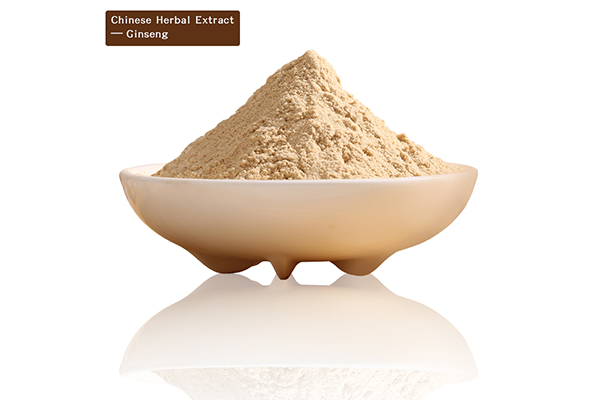
Water Extraction
Water extraction involves boiling the herbs in water and then simmering the mixture to evaporate excess liquid. The remaining concentrated solution contains water-soluble compounds extracted from the plant material. Water extraction is commonly used for herbs with water-soluble active ingredients.
Alcohol Extraction
Also known as tincture extraction, this method involves soaking the herbs in alcohol (such as ethanol) or a mixture of alcohol and water. The alcohol acts as a solvent, extracting both water-soluble and alcohol-soluble compounds from the herbs. After soaking for a certain period, the liquid is filtered and evaporated to obtain the concentrated extract.
Steam Distillation
Steam distillation is primarily used for extracting essential oils from aromatic herbs or plants. Steam is passed through the plant material, causing the volatile compounds to evaporate. The vapor is then condensed back into a liquid, separating the essential oil from the water.
Supercritical Fluid Extraction (SFE)
SFE involves using a supercritical fluid, often carbon dioxide (CO2) at high pressure and temperature, to extract compounds from the plant material. This method is particularly useful for extracting delicate compounds without damaging their properties.
Solvent Extraction
Some herbal extracts are obtained using specific solvents other than water or alcohol, such as hexane or ethyl acetate. The plant material is soaked in the solvent to dissolve the desired compounds, and then the solvent is evaporated to obtain the concentrated extract.
Cold Pressing
Cold pressing is mainly used for extracting oils from seeds or fruits. The seeds or fruits are mechanically pressed to extract the oil, which retains its natural properties without the need for heat or chemical solvents.
After the extraction process, the resulting concentrated extract may undergo further purification, filtration, or concentration steps to enhance potency and remove any remaining impurities. The concentrated extract is often dried into a powder or used in liquid form, depending on the intended application and formulation.
It's important to note that different herbs require specific extraction methods based on the nature of their active compounds. The choice of extraction method can significantly impact the quality and potency of the final herbal extract product. Additionally, reputable manufacturers follow standardized procedures and quality control measures to ensure the safety and efficacy of Chinese herbal extracts.
